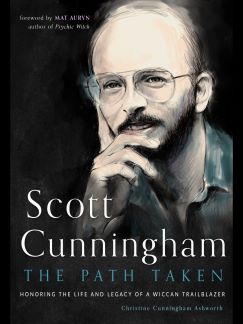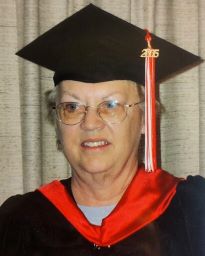Happy Friday, dear readers!. I hope you’ve all had a great week. And for my readers who, like me, are in the United States, I hope you had a pleasant and safe Fourth of July! Does everyone still have all their fingers?
For today’s post, I’d like to explore the following journal prompt from chapter twelve of Changing Paths by Yvonne Aburrow:
Do you feel that everything about you is accepted and welcomed by your spiritual community?
I should note — as I briefly mentioned in an earlier post in this series — that I don’t have much interaction with our local community at this time. At one point, I was part of a local non-initiatory Wiccan coven, which did fully accept me. Of course, I helped found that coven, so I had a strong say in the ideals, values, and inclusiveness of that coven. And there was a general idea of “everyone is welcome’ in the greater community. But I can’t say that we as a broader community made an intentional effort to welcome and accommodate people from diverse background and life experiences.
What I want to focus on i this post, however, is the question of inclusiveness in the greater (world-wide) Heathen and Norse Pagan community. I think most people are aware that there are large movements of white supremacists who use Norse/Germanic mythology and a twisted version of those cultures’ history to support their racist views. There are also many in those communities that are transphobic and homophobic, many of whom raise the specter of ergi1 in the lore to justify their restrictive views on gender and sexuality.
Fortunately, many Heathens and Norse Pagans have worked hard to condemn and counteract bigotry within their ranks. One of the most famous examples of this is the creation of the Declaration of Deeds, which many organizations and kindreds have signed.
The reality is that whether my community makes me feel fully accepted depends entirely on which segments of the greater Heathen/Norse Pagan community you’re talking about. There are groups that I avoid. There are groups I would gladly join in a blot or sumbel and feel perfectly welcome and safe to do so.
As I wrap up this post, I would also like to note that this series is coming to a close soon. I only have one more chapter to blog about, which I will do next Friday. After that, I will have to figure out a new Friday blog series to start on July 19. If any of my readers would like to recommend another book you’d like me to blog my way through, an alternative source of journal prompts I might work through, or any other ideas, I’d love to hear about them. Drop me a comment with your ideas.
Footnotes
- The link I have provided is to an article by inclusive Heathen and author Diana L. Paxson that explains ergi and provides the historical context that explains why she does not believe the concept is a condemnation of homosexuality. ↩︎



